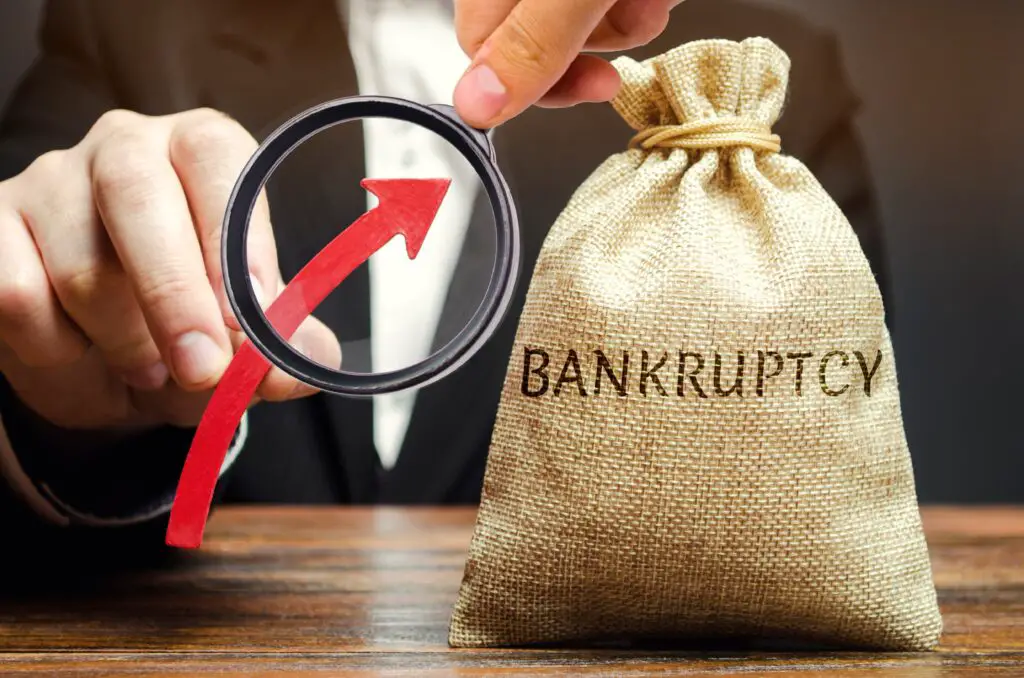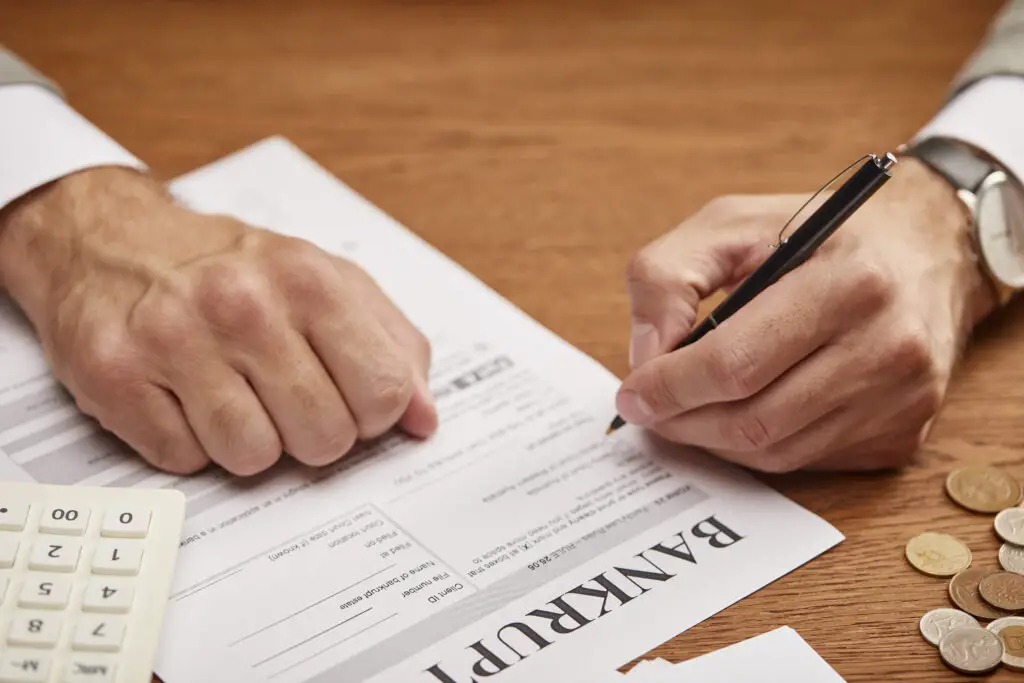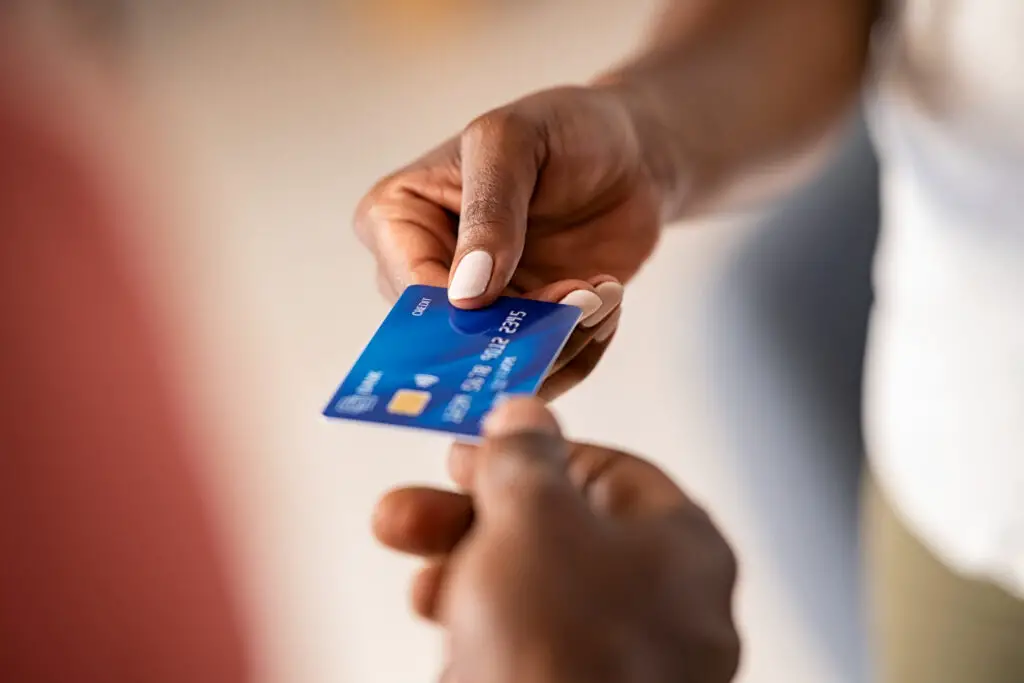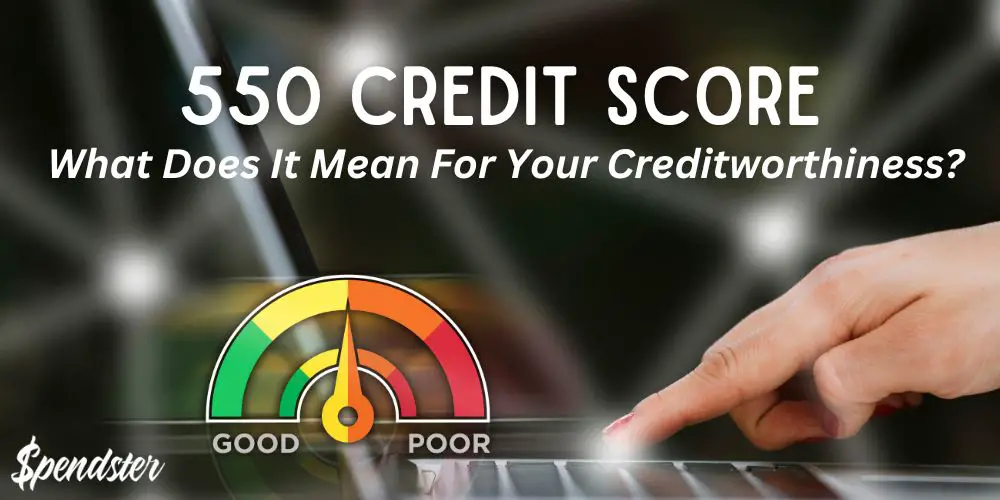How To Rebuild Credit After Bankruptcy? – Tips And Tricks
Bankruptcies are the toughest financial hardships you can experience in your life, and recovering isn’t easy. Most consumers think that they lose the ability to apply for new credit and build up their credit rating after filing for bankruptcy.
Luckily, this isn’t entirely true, so the million-dollar question is – how to rebuild credit after bankruptcy? You can rebuild credit after bankruptcy by practicing healthy financial credits, monitoring your credit report, and applying for a credit builder loan or a secured credit card.
This guide will lead the way to helping you with rebuilding credit and getting back on track with a solid rating. We’ll discuss some tips and tricks for building your credit fast after bankruptcy that will get you back on the right path in no time.
What Happens To Your Credit Score After Bankruptcy?
If you used to run a small business before filing for bankruptcy, it can damage your score more than consumers that had poor credit scores. As an owner of a business, you probably at least had some timely payments on your record.

Still, the difference is not that vast, since you can expect to lose about 100 FICO points, or sometimes even more. So, if you had a FICO score of 700, you’ll now go well below 600 and some serious repairs will need to be done.
On top of the trouble with a low credit score, there’s one more big consequence – your credit history. Bankruptcies will remain on your credit report and will affect your credit history for 7 to 10 years.
It all depends on the type of bankruptcy you filed for since a Chapter 7 filing will result in a trace on your credit report from 7 to 10 years.
On the other hand, Chapter 13 bankruptcies will usually be reported by credit bureaus for up to 7 years.
It’s a lot of time either way, but it doesn’t mean you can’t perform a credit score recovery before then.
Types Of Bankruptcy Fillings And Their Difference
Before you can rebuild your credit score, you should at least figure out the bankruptcy filing that leaves the least damage on your credit report. This way you’ll have insight into the consequences of a particular bankruptcy filing.

Here are the 3 most common types of bankruptcy filings for US residents and small businesses:
Chapter 7 Bankruptcy
Chapter 7 bankruptcies are the most common type for individuals and small businesses in the US. It leaves a trace on your credit report for 10 years and you cannot refile this bankruptcy type for another 8 years.
Basically, Chapter 7 ends with the liquidation of your assets to pay off any creditors. Most states will allow you to keep your home, car and/or retirement accounts.
Most unsecured debts such as credit cards or outstanding medical bills will usually be forgiven.
Chapter 11 Bankruptcy
On the other hand, Chapter 11, while mostly for businesses, means that you get to keep your business assets and property.
However, you’ll have to follow a reorganization plan and negotiate the terms and plans for repaying existing debt with creditors.
Chapter 13 Bankruptcy
In case of a Chapter 13 bankruptcy, you’ll be able to keep your property and assets while paying off your debts over a 3-5 year period.
The bankruptcy filing will be present on your credit report for seven years and you cannot refile for Chapter 13 for another 2 years.
Another thing to keep in mind with Chapter 13 is the court will actually set you up with a pretty strict budget to follow and will monitor your spending along the way.
Tips And Tricks For Fast Recovery
Filing bankruptcy can be one of the saddest days of your financial life, but it doesn’t have to be that bad. You can also view it as a fresh start as long as you follow a decent recovery plan.

The most important thing is to consider all the options that include positive reporting to the major credit bureaus. Making timely payments and practicing positive financial habits will boost your score within 1 to 2 years! Let’s take a look at some of the most prominent recovery tips:
1) Keep Track Of Your Credit Report
The first thing you should do after filing for bankruptcy is to get a free copy of your credit reports. Thanks to the Fair Credit Reporting Act, you are entitled to one free copy from each credit bureau per year.
The bad news is you’ll have to pay to get a copy more frequently, but it all pays off eventually. Try to get a copy of your credit report before you move on with the bankruptcy recovery plan, and keep this practice every month or every two months if possible.
This way, you’ll know if the payment history and positive practices you’ll apply are visible on updated credit reports. Keep monitoring your credit reports, since you might even be able to dispute a negative entry that wasn’t authorized and save yourself some trouble.
2) Start Making Small Payments
Making on-time payments is the best way of dealing with bankruptcy, but not everything is that easy. You’ll need to establish a monthly budget, and deal with the payments that might reach collections first.
Even if they don’t make it into your credit report by paying on time, you’ll have to plan a budget in a way that allows you to pay utility bills, and even cellphone bills first. This way, you’ll ensure those payments reflect positively on your credit reports..
Another option is to find a buy now pay later program that doesn’t do a credit check. Start making small purchases that will let you repay for the item within a few weeks.
It’s the fastest way of pumping some timely payments into your report.
3) Apply For A Credit Builder Loan
One of the best ways of recovering your credit after bankruptcy is to take credit builder loans. These can be widely accessible to consumers with bad credit, and you should use them to your advantage.
Financial advisors even refer to these loans as fresh start loans, so you get the idea. The thing with these loans is that you won’t be borrowing from the creditor – you’ll be doing the opposite.
Well, of course, you won’t be giving your money away, but the creditor will place them in a savings account in your name.
You’ll be making monthly payments plus some interest to the creditor, and they will put the funds in your account.
Once the “loan” has been repaid, you will be able to access the funds from the savings account. Easy, right? What’s more, you can find these loans ranging anywhere from $300 to $1000 on average, so it doesn’t even take spending a lot of money.
Of course, late payments will negatively reflect your score, so make sure to only apply for a loan that you are confident you can repay.
By making these small on-time payments, you can boost your score rapidly and it works best by combining the credit builder funds with authorized credit cards.
4) Use A Secured Credit Card
If you file bankruptcy, credit card companies will view you as a risky borrower. However, one way you can prove to the credit card issuer you are willing to turn the tables around is to get a secured card.

These work a bit differently from regular or unsecured credit cards, but it’s all for the best of your credit score. You can even upgrade to an unsecured credit card at the end of the term, which can give you the chance to make regular credit card payments.
So, how does it work?
Well, secured credit cards are somewhat similar to credit builder options, since you won’t get to truly use the card for making payments in a true sense.
Instead, you’ll be using a credit line determined by your payments, so you’ll be your creditor in a way. Many credit card issuers allow these options for those going through bankruptcies.
With a secured card, you can make small payments to ensure you’ll be able to “repay” in full.
The best thing is – those small payments will also reach your credit report and boost your credit scores.
5) Diversify Your Payments
After applying the previous tips, you can check your credit score regularly and slowly upgrade your secured card into a regular credit card.
Remember, too frequent loan inquiries lower your score, so it’s crucial to wait for the right moment to diversify your payments.
After a year or so, your score should go up and it’s the perfect time to apply for personal loans.
Going for mortgages or an auto loan is still inaccessible and probably not a good financial idea just because of the credit mix.
Instead, look for personal loans with low-interest rates and convenient repayment plans. Adding these loans to the mix will result in solid payment history.
6) Work On Your Credit Limit
This is only a good idea once you build up your credit scores with some of the previous tips.
Only use your credit cards for purchases, since these will be reported back to credit reporting agencies.
The next move is to ask for a credit limit increase, so you can make more purchases.
You’ll need to prepare a budget and wisely manage your payments, to prevent getting tempted to spend more due to higher limits.
The more payments you make on time, the higher your credit score will get.
Don’t Repeat The Same Mistakes
Overall, it usually takes about 2 years to fully recover from bankruptcy, and boost your credit score to a decent FICO range of 700 and over. You’ll still have to wait for bankruptcy discharge to have the listing removed from your report.
So, the worst thing you can do is to repeat the same mistakes that lead to bankruptcy in the first place. Every payment is crucial when trying to recover from bankruptcy, so make sure to plan your budget and put all the expenses and credit payments on paper if needed.
Final Thoughts
In the end, the bankruptcy process is bothersome since it doesn’t end with the bankruptcy being filed. Instead, you’ll have to work on your credit score and financial responsibility to once again be able to apply for new credit.
Hopefully, you now know everything that needs to be done to prove to future lenders that you can still be a responsible borrower. You can reach a good credit score level within a year or two and completely rebuild your credit from the negative impact.
Frequently Asked Questions (FAQ):
How long does it take to establish credit after filing for bankruptcy?
It takes a year or two of good financial habits to establish your credit score after filing for bankruptcy. After that period, you might even be able to qualify for new credit without much difference in interest rates when compared to consumers that didn’t file for bankruptcy. All it takes is to have good credit habits and start making payments on time to rebuild your score.
Can I get a 700 credit score after Chapter 7?
Yes, you can get a 700 credit score after Chapter 7, but it might take longer than 2 years in some cases. You should use the tips listed in this guide to help you get back on track with a good payment history and start raising your credit score gradually.
What is a typical credit score after bankruptcy?
Your credit score will drop by at least 130 to 200 points on average after bankruptcy if you have a FICO score of around 680-700.
Will my credit score increase after a bankruptcy discharge?
Yes, your credit score will increase after a bankruptcy gets removed from the report. However, it all depends on the other items in your report when determining how much will it go up.



